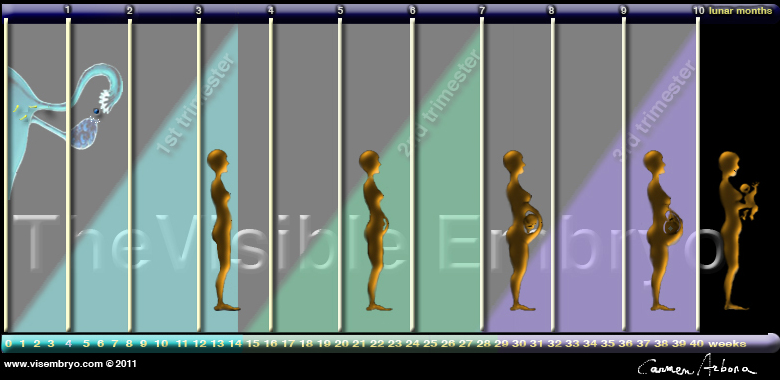|
|
Developmental Biology - Neurulation Errors
The Origin of Huntington's Disease?
Clues to the origin of Huntington's disease, and possibly a new way to pursue affective drugs...
The first signs of Huntington's, an inherited disease that slowly deteriorates body and mind, do not typically surface until middle age. However, new findings now suggest that something in the brain might be amiss long before symptoms arise — much earlier than had previously been observed.
Using a new technology, Rockefeller University scientists were able to trace the causes of the disease all the way back to the early developmental stage of neurulation, when the brain has only just begun to form. Their work appears in the journal Nature Biotechnology.
Developed in the lab of Ali Brivanlou, the system uses neuroloids — tiny, three-dimensional tissue cultures acting as models for whole organs. Creating these cell clumps from human embryonic stem cells, researchers manipulated them to study how developmental diseases arise.
Previous work in the Brivanlou lab found evidence that Huntingtons' arises in young neurons. But this latest study takes the developmental timeframe back further, much further, to when cell uniformity gives way to specialized structures — neurulation.
When researchers introduced a mutation known to cause Huntington's into neuroloids, it consistently caused dramatic effects. "Something collapsed," Brivanlou explained.
Researchers are now starting to use this technology to screen for drugs that might prevent these abnormalities. An approach they hope will provide a powerful alternative to similar work being done in animal models.
"This technology really opens a door toward identifying those mechanisms that govern brain development, understanding how they go awry in disease, and testing drugs that set these mechanisms back on the right course."
Ali H. Brivanlou PhD, Laboratory of Stem Cell Biology and Molecular Embryology, The Rockefeller University, New York, NY, USA.
Abstract
Harnessing the potential of human embryonic stem cells to mimic normal and aberrant development with standardized models is a pressing challenge. Here we use micropattern technology to recapitulate early human neurulation in large numbers of nearly identical structures called neuruloids. Dual-SMAD inhibition followed by bone morphogenic protein 4 stimulation induced self-organization of neuruloids harboring neural progenitors, neural crest, sensory placode and epidermis. Single-cell transcriptomics unveiled the precise identities and timing of fate specification. Investigation of the molecular mechanism of neuruloid self-organization revealed a pulse of pSMAD1 at the edge that induced epidermis, whose juxtaposition to central neural fates specifies neural crest and placodes, modulated by fibroblast growth factor and Wnt. Neuruloids provide a unique opportunity to study the developmental aspects of human diseases. Using isogenic Huntington’s disease human embryonic stem cells and deep neural network analysis, we show how specific phenotypic signatures arise in our model of early human development as a consequence of mutant huntingtin protein, outlining an approach for phenotypic drug screening..
Authors
Tomomi Haremaki, Jakob J. Metzger, Tiago Rito, M. Zeeshan Ozair, Fred Etoc and Ali H. Brivanlou.
The authors thank J. Auerbach for technical assistance, as well as J. Naftaly and C. Lara. We would like to thank C. Zhao and the Genomics Resource Center at the Rockefeller University for help and advice regarding single-cell RNA sequencing. We thank E. Siggia for constructive criticism and the members of the Brivanlou-Siggia laboratories for critical discussions and comments on the manuscript. We appreciated discussions and comments from D. Felsenfeld, T. Vogt and I. Muñoz-Sanjuán (CHDI Foundation). This work was supported by the CHDI Foundation (A-9423), an SRA from RUMI Scientific and private funding from the Rockefeller University.
Return to top of page.
| |
|
Sep 19 2019 Fetal Timeline Maternal Timeline News

Developmental diseases can now be studied with tiny brain models called neuruloids. CREDIT Laboratory of Stem Cell Biology and Molecular Embryology, The Rockefeller University.
|



